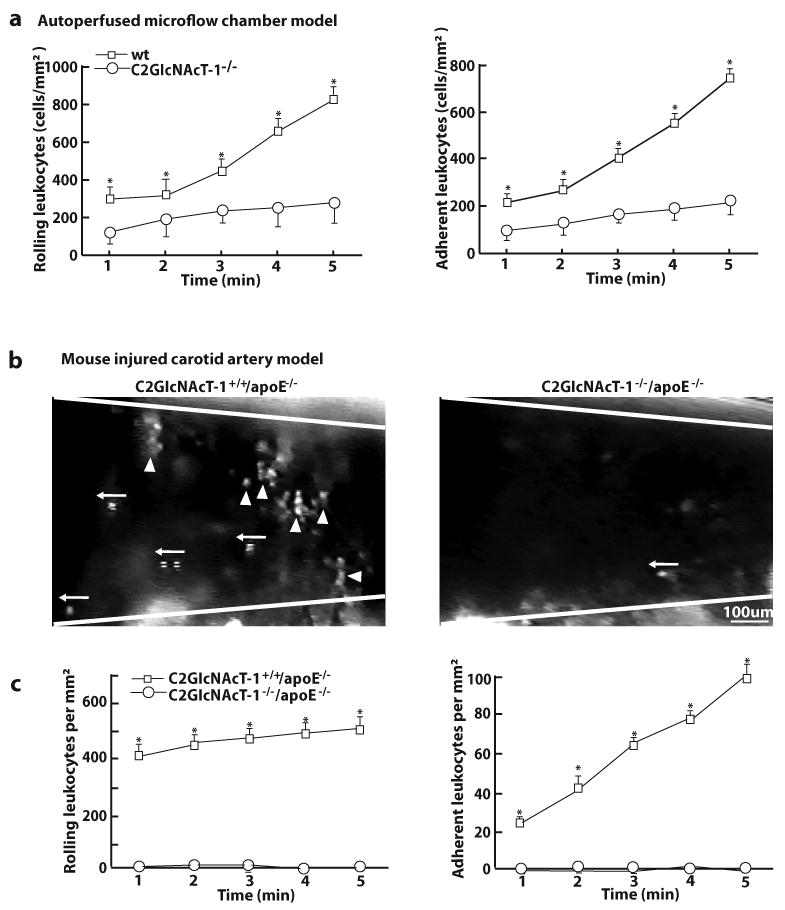Figure 2. C2GlcNAcT-I deficiency suppresses leukocyte rolling and adhesion on activated platelets and in injured arteries ex vivo and in vivo.


a, Leukocyte rolling and adhesion on activated platelets at 1.0 ± 0.1 dyn/cm2 within 5 min after whole blood of wt and C2GlcNAcT-I−/− mice was perfused through micro-flow chambers. b to c, Leukocyte rolling and adhesion in injured mouse carotid arteries within the first 5 min after injury. Images were obtained from videotape recordings of the epifluorescence intravital microscope with 10X objective, illustrating rolling (←) and adhering (▲) leukocytes in the injured arteries of wt (left) and C2GlcNAcT-I−/− mice (right). The data points in c represent the means of three separate experiments. *P < 0.05, C2GlcNAcT-I−/− vs. wt mice. d to f, Injured carotid arteries of C2GlcNAcT-I+/+/apoE−/− and C2GlcNAcT-I−/−/apoE−/− mice were collected at 1 hour after wire injury (WI) and immunostained with antibodies specific for platelets (d), neutrophils (e), and macrophages (f). Carotid arteries of five mice were analyzed for each group. g and h, Immunostaining for neutrophils (g) and macrophages (h) on cross-sections of carotid arteries of C2GlcNAcT-I+/+/apoE−/− and C2GlcNAcT-I−/−/apoE−/− mice. Arteries were collected at 7 days after wire injury.
